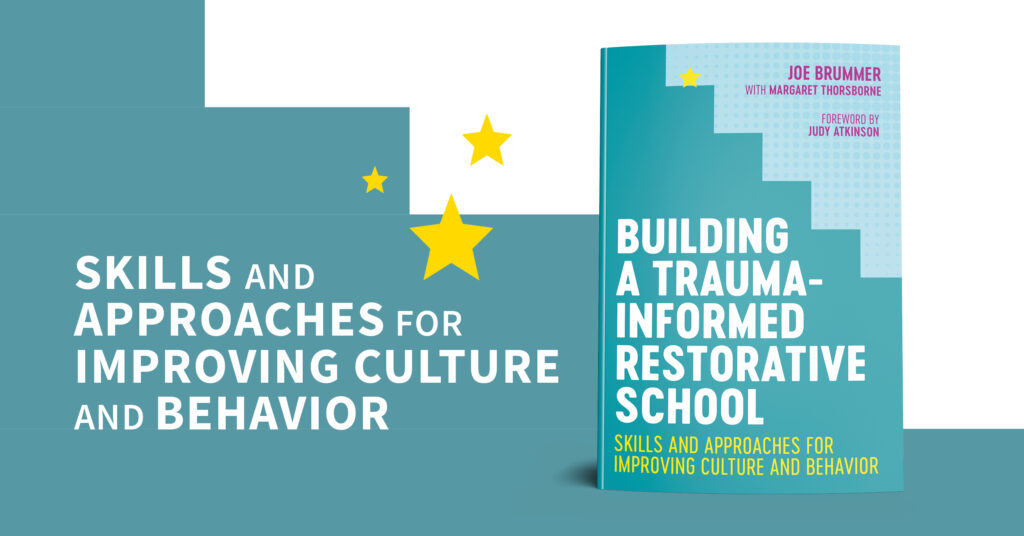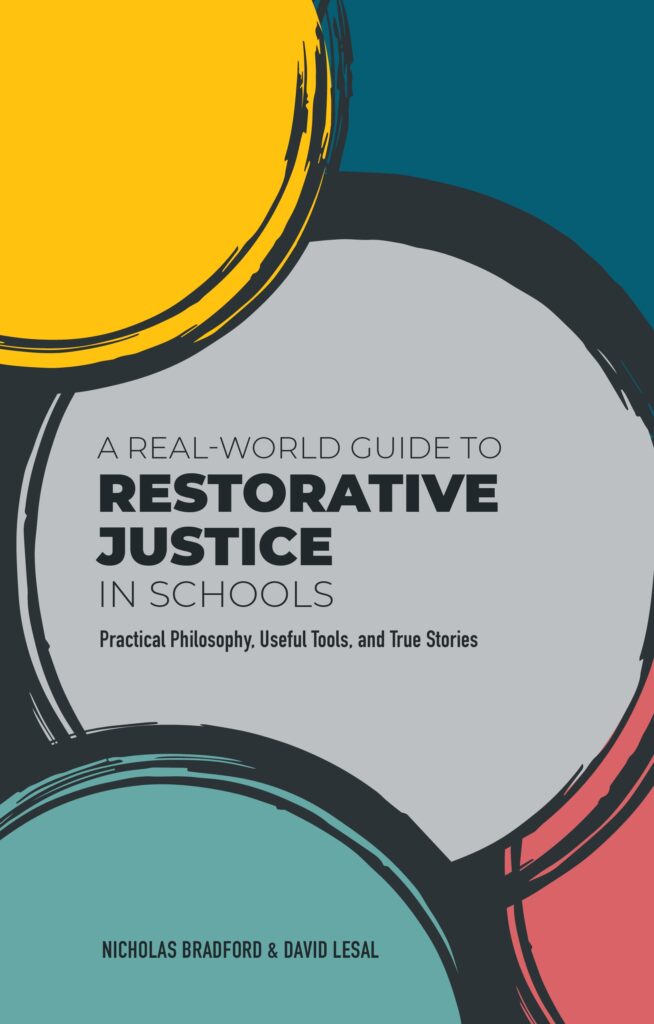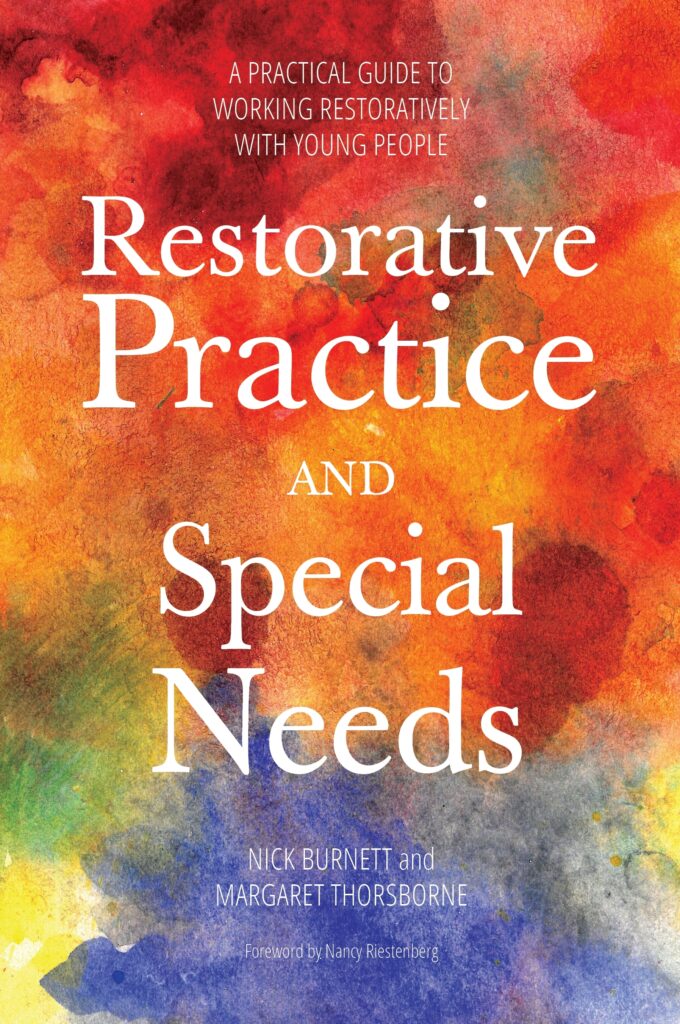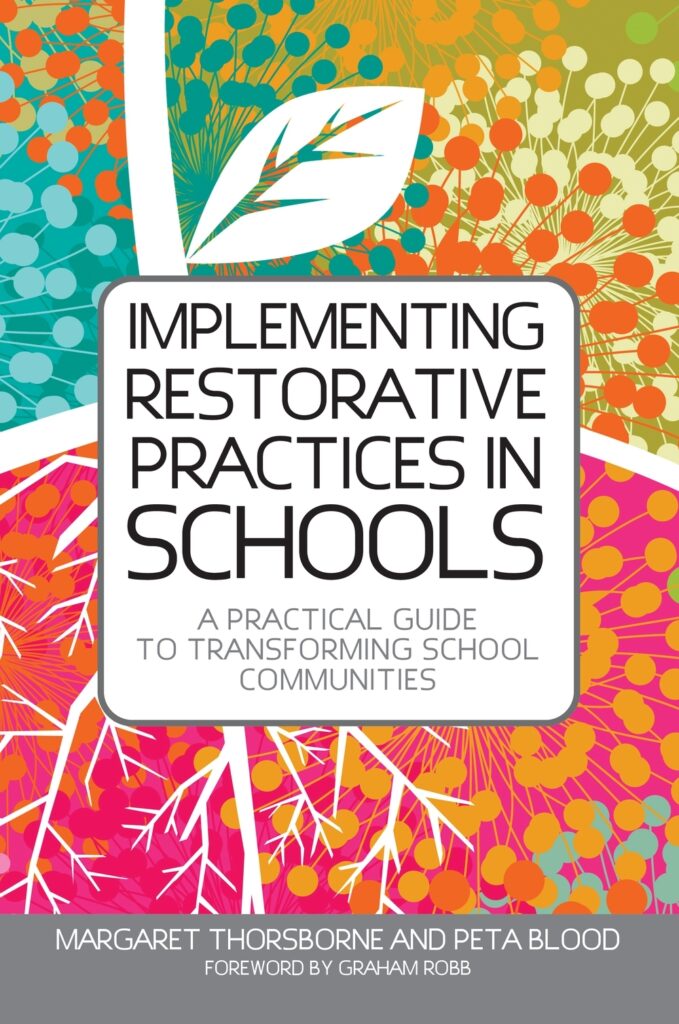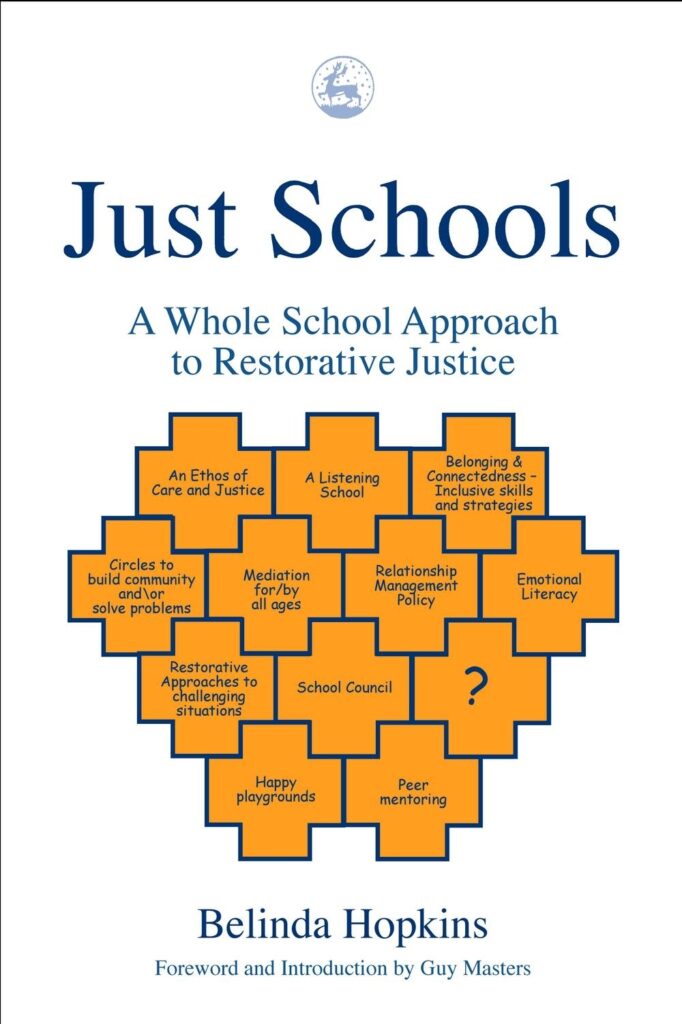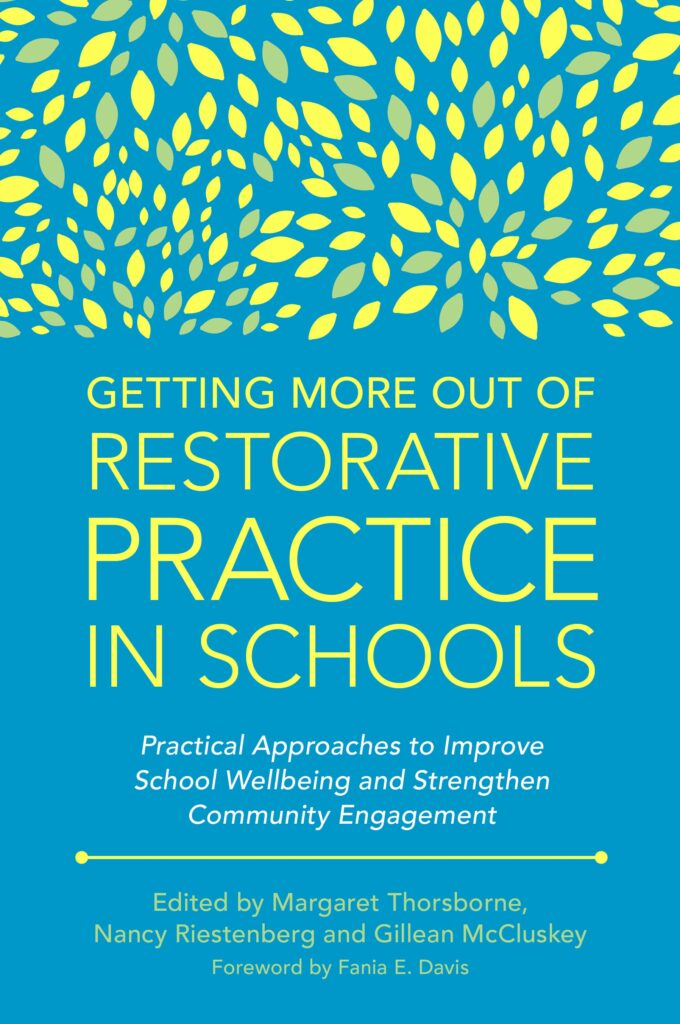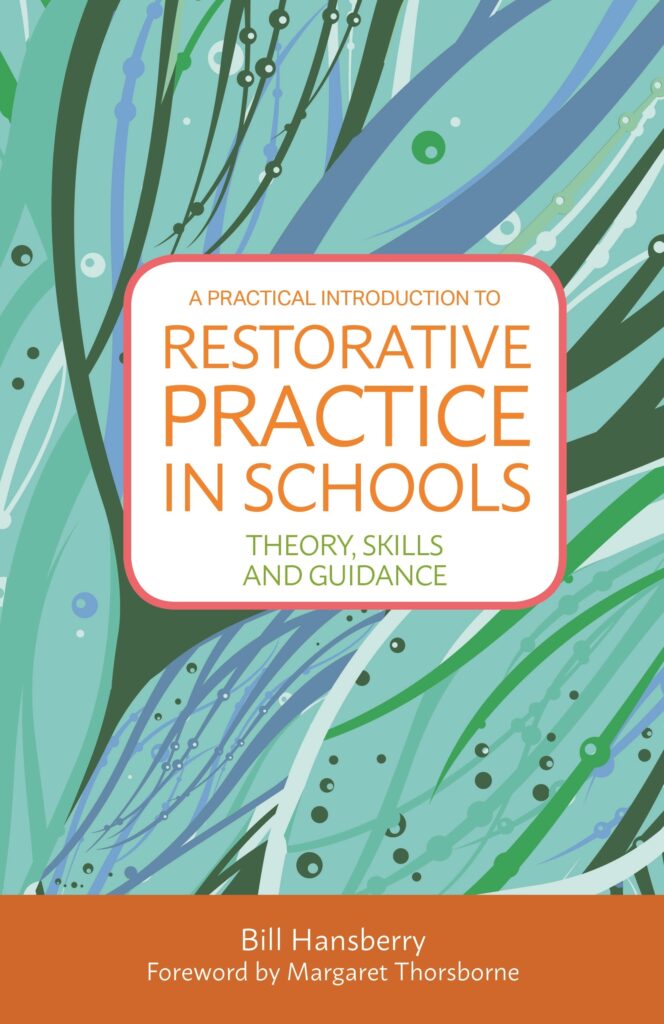Summer reading list 2021: Restorative Justice! Summer provides a time to relax, unwind, and prepare for the school year ahead. This summer, take time to read about Restorative Justice and how you can build classrooms or schools rooted in it.
1. Building A Trauma-Informed Restorative School by Joe Brummer
Covering both theory and practice, this book teaches educators everything they need to know about developing trauma-informed restorative practices in their education settings.
First, the book addresses the theory and philosophy of restorative approaches, and of trauma-informed and trauma-sensitive schools. Then the book outlines the five restorative skills (mindfulness, honest expression, empathy, the art of asking questions and the art of requests), what they look like in practice (including using circles, respect agreements and restorative dialogue), and how to implement them. Brummer clearly explains every strategy and adapts them to be appropriate for children and adults who have experienced trauma.
Everything the book discusses has been especially designed to be adapted for different school settings and their particular challenges.
2. A Real-World Guide to Restorative Justice in Schools by Nicholas Bradford and David LeSal
This book helps educators navigate the challenges and joys of building and maintaining a healthy restorative ecosystem in your school. It also provides concrete tools and real-world stories to guide you through the process.
Written by the founder and the education director of the National Center for Restorative Justice, each and every chapter comes packed with expertise. It provides insight on everything from carrying out the stages of a restorative circle to understanding the importance of conflict. The authors pull no punches in showing that this work is not always easy. Their passion for restorative justice shines out of every page, demonstrating just how valuable this approach can be in bringing the absolute best out of your students and school.
3. Restorative Practice and Special Needs by Nick Burnett and Margaret Thorsborne
The book explores how to use RP in general terms. Then, through a number of case studies, it looks at how educators must adapt RP for those with additional needs including Autism Spectrum Disorder, ADHD, Foetal Alcohol Spectrum Disorder, Intellectual Disability and communication difficulties. It includes guidance on particular issues such as staff facing crises, the issue of physical restraint, and additional support.
The book will be of interest to restorative practitioners, educational professionals including headteachers, teachers and SENCOs in both special education and mainstream schools and residential care leaders and staff.
4. Implementing Restorative Practices in Schools by Margaret Thorsborne and Peta Blood
Implementing Restorative Practice in Schools explains what has to happen in a school in order for it to become truly restorative. Section 1 explains the potential of restorative practice in schools, describing the positive outcomes for students and teachers. It also outlines the measures that need to be in place in order to embed restorative practice. Section 2 then examines the process of understanding and managing change, providing realistic and pragmatic guidance on the practical and emotional barriers that may be encountered. Finally, Section 3 provides in eight practical steps, strategic guidance for achieving a restorative culture that sticks.
This book will be an indispensable guide for educators, administrators and school leaders in mainstream and specialist settings. Featuring useful pro formas and templates.
5. Just Schools by Belinda Hopkins
From a teaching background herself, Belinda Hopkins is at the forefront of the development of restorative justice in the UK, and in this practical handbook she presents a whole school approach to repairing harm using a variety of means including peer mediation, healing circles and conference circles. She provides clear, practical guidance for group sessions and also examines issues and ideas relating to practical skill development for facilitators.
This book is an excellent resource for teachers, school counsellors and youth workers seeking a more positive and effective way to deal with conflict in educational settings. Clearly structured with photocopiable sheets.
6. Getting More Out of Restorative Practice in Schools edited by Margaret Thorsborne, Nancy Riestenberg, and Gillean McCluskey
Split into three sections, the book first looks at implementation, readiness and evaluation. It then covers integrating RP with, and linking RP into, other issues relevant to schools such as trauma, poverty, and mindfulness, and finally shows how to work well with parents and families. The book gives proven strategies for measuring success and evaluating effectiveness. Overall, it provides insight into a variety of issues RP can help schools with. It also addresses them in practical ways to help schools implement restorative practice to its full potential.
7. A Practical Introduction to Restorative Practice in Schools
Suitable for education settings from preschool to college. This guide defines restorative justice, what it looks like in classrooms and schools, and also how to implement it. Featuring case studies that illuminate the underlying restorative principles and practices.
